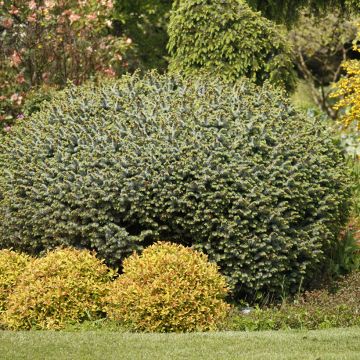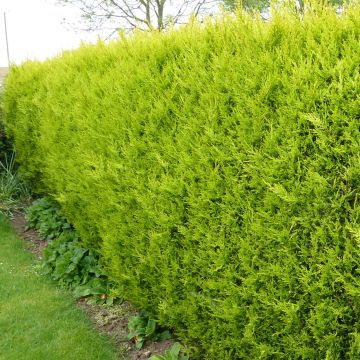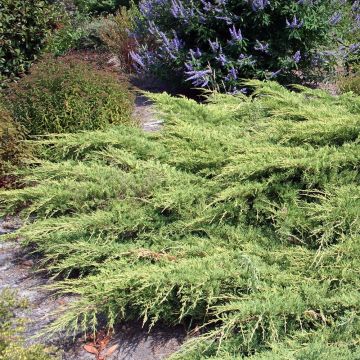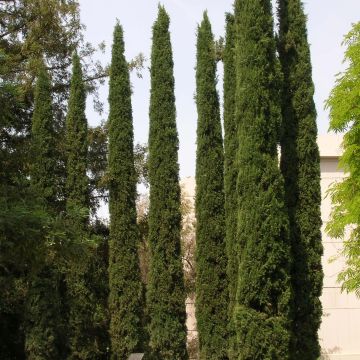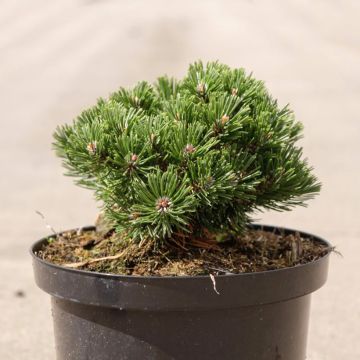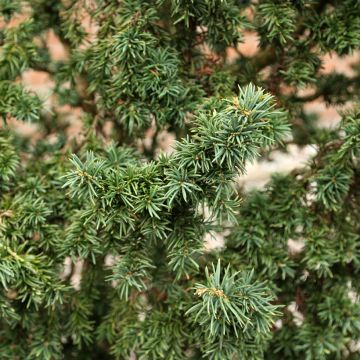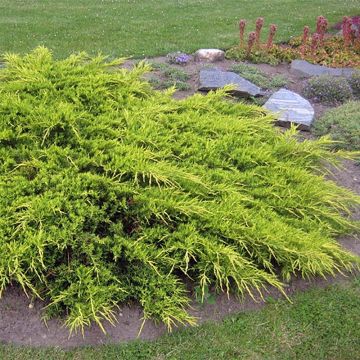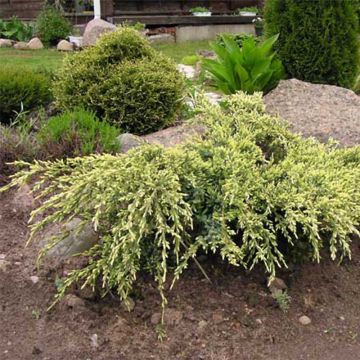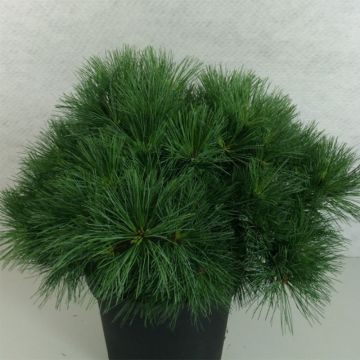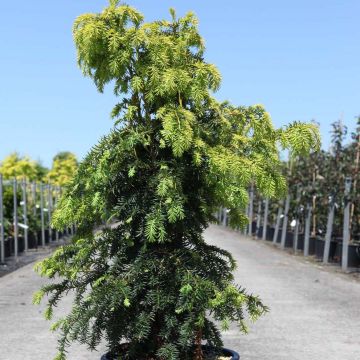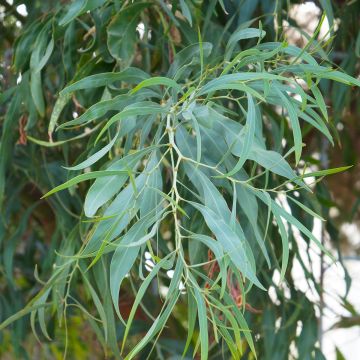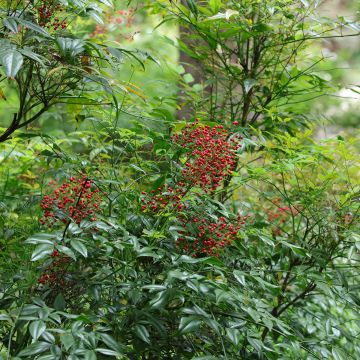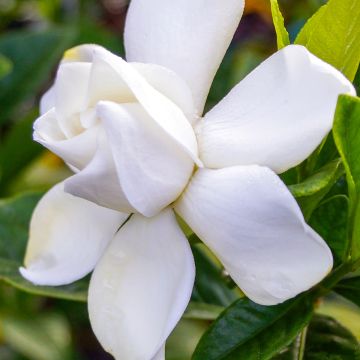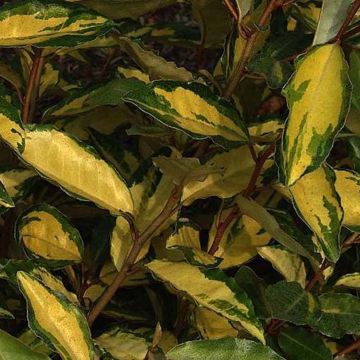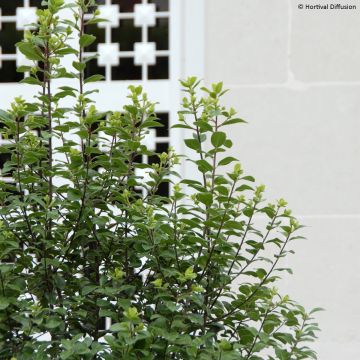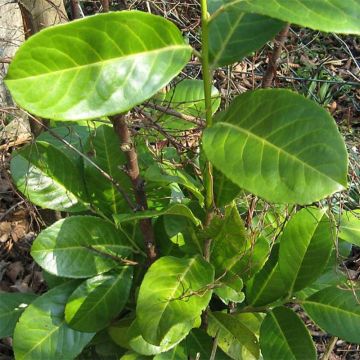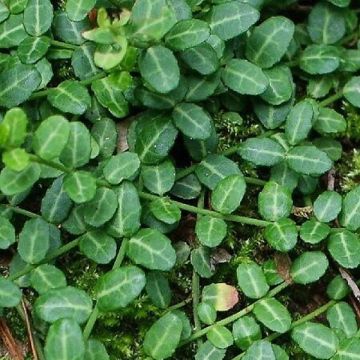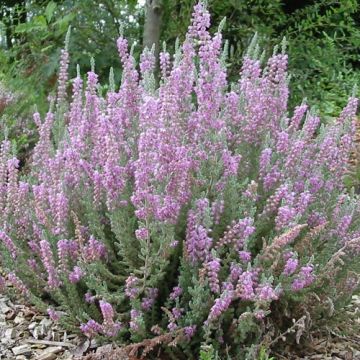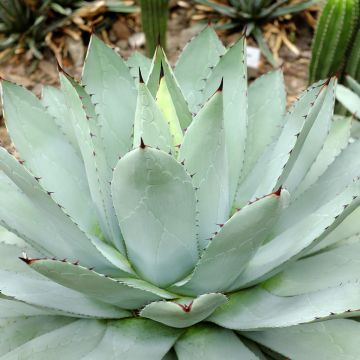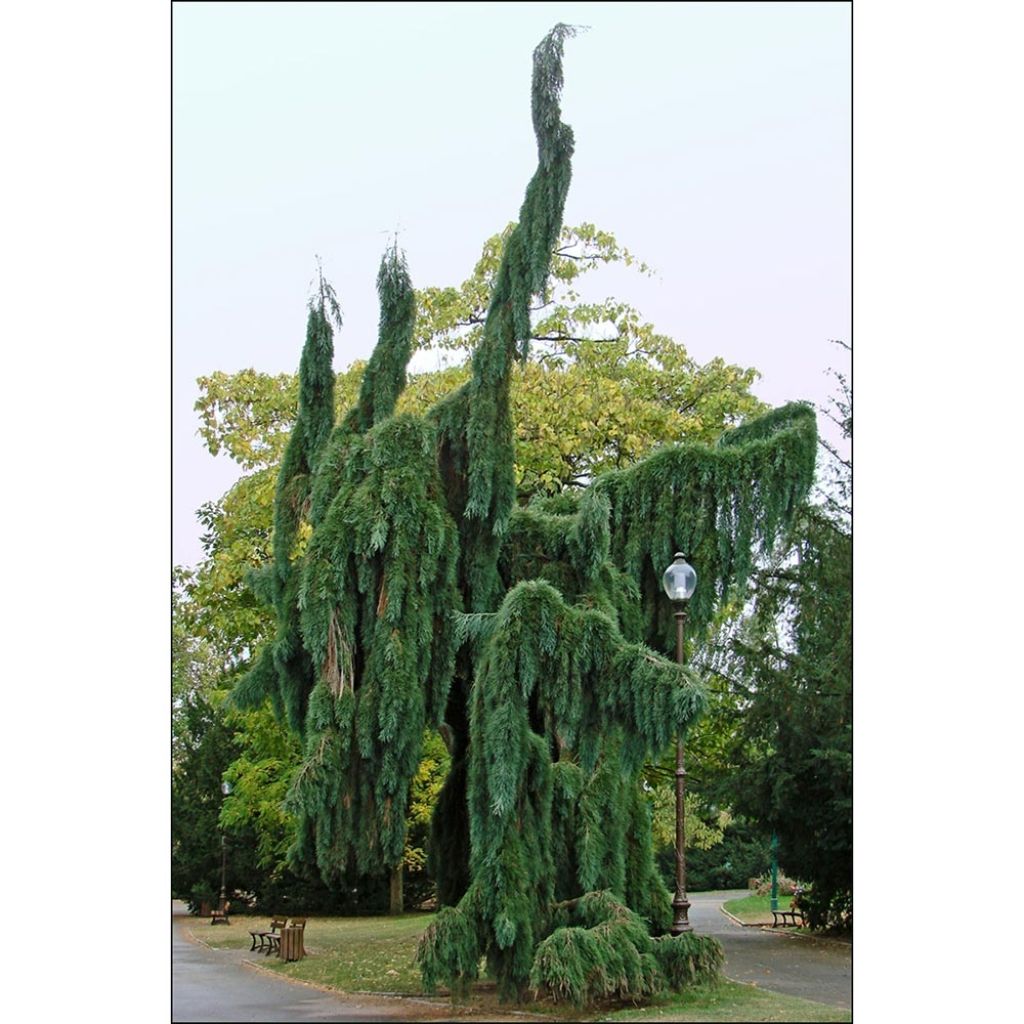

Sequoiadendron giganteum 'Pendulum'
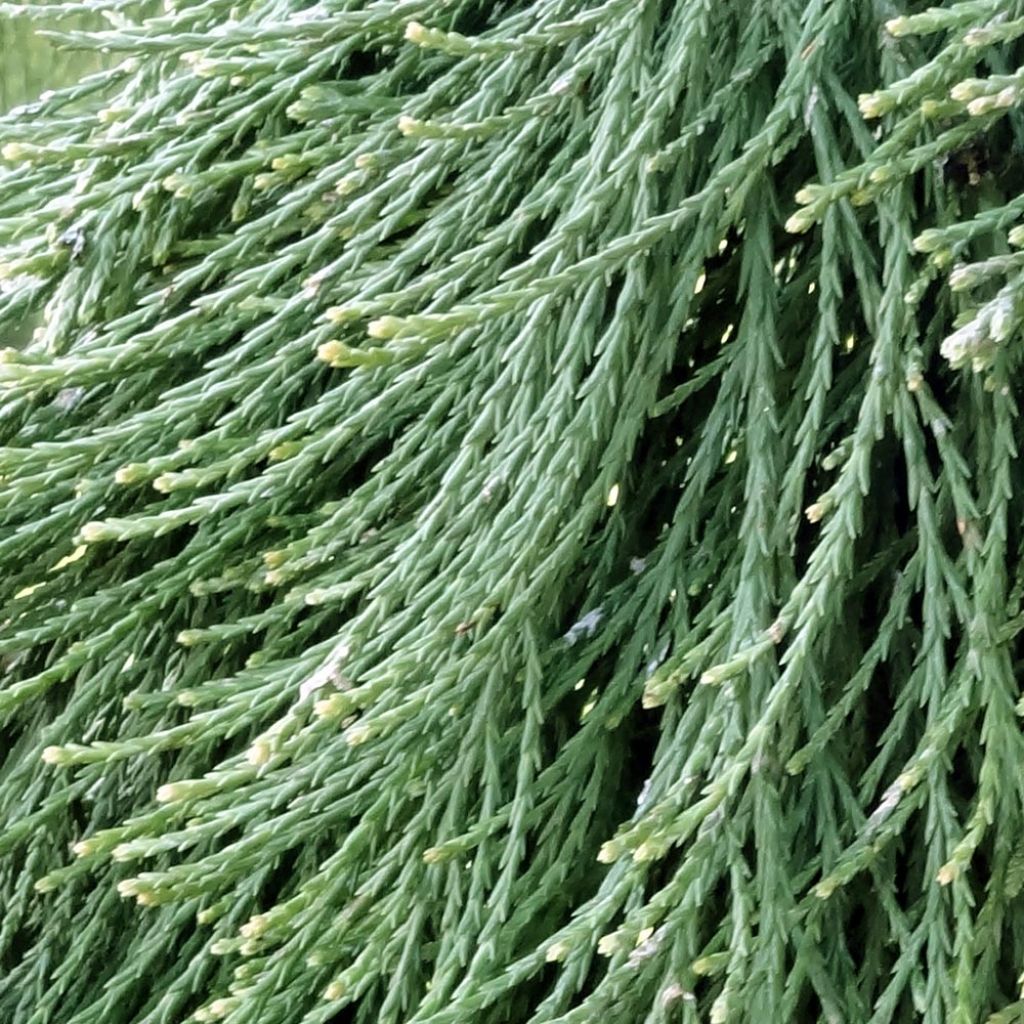

Sequoiadendron giganteum 'Pendulum'
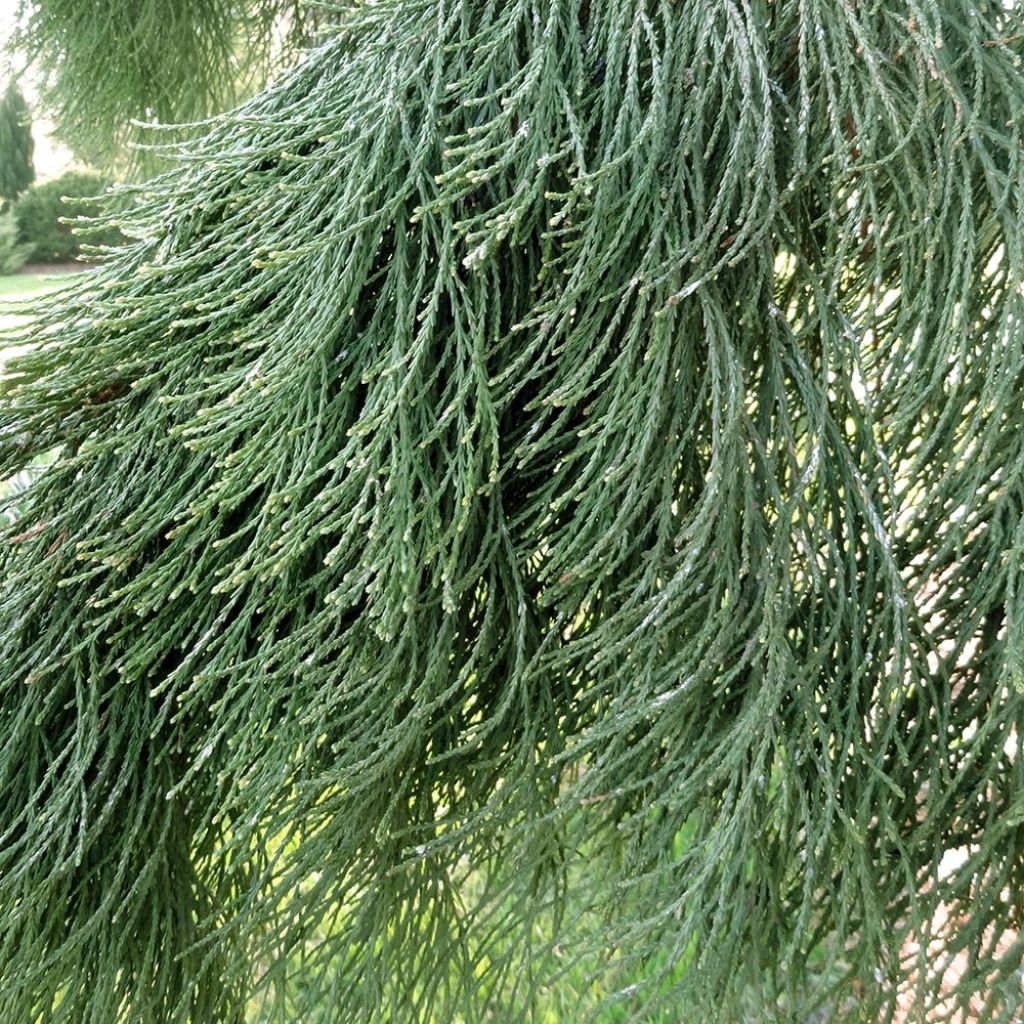

Sequoiadendron giganteum 'Pendulum'
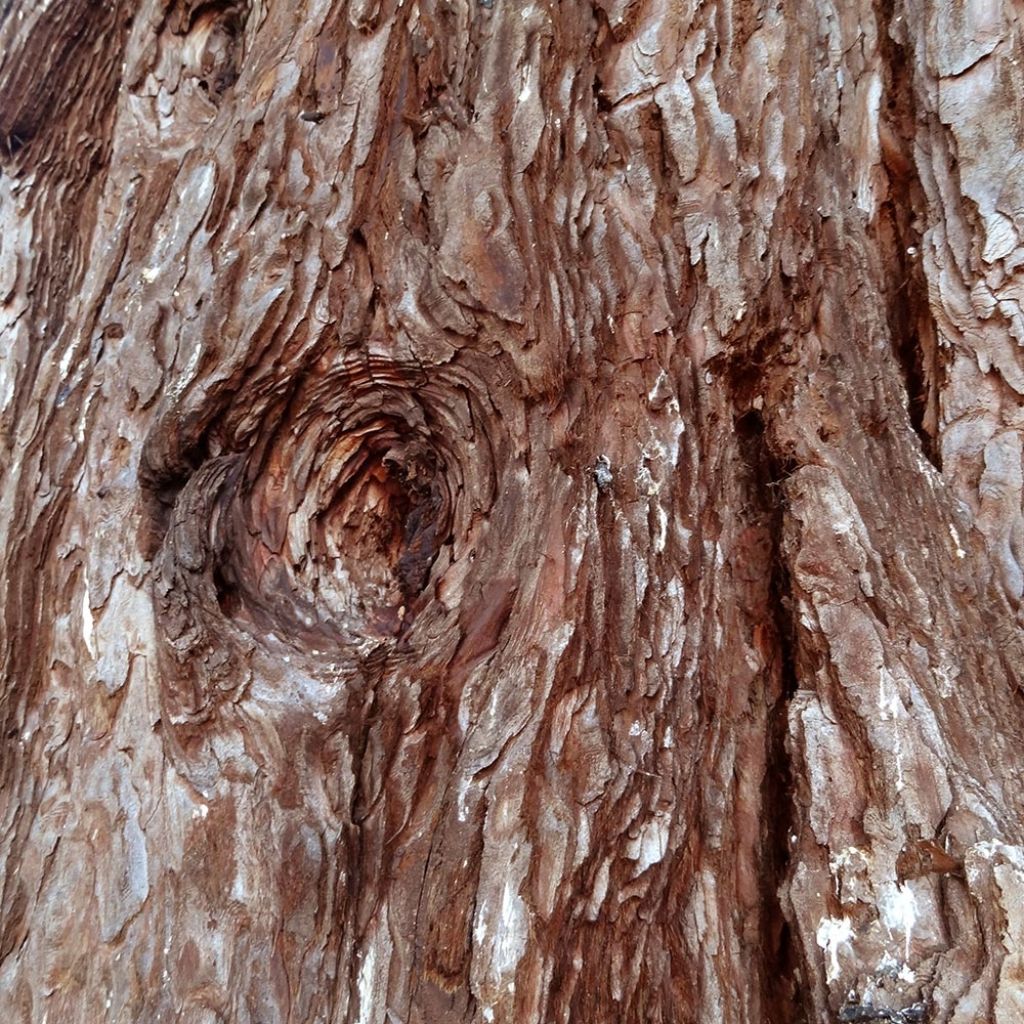

Sequoiadendron giganteum 'Pendulum'
Sequoiadendron giganteum 'Pendulum'
Sequoiadendron giganteum Pendulum
Giant Sequoia, Sierra Redwood, Wellingtonia
This item cannot be shipped to the selected country
Delivery charge from €5.90
More information
Schedule delivery date,
and select date in basket
This plant carries a 24 months recovery warranty
More information
We guarantee the quality of our plants for a full growing cycle, and will replace at our expense any plant that fails to recover under normal climatic and planting conditions.
From €5.90 for pickup delivery and €6.90 for home delivery
Express home delivery from €8.90.

Does this plant fit my garden?
Set up your Plantfit profile →
Description
The Sequoiadendron giganteum 'Pendulum' is a very unique form of giant Sequoia. Each specimen initially has a slender and narrow habit. However, as it ages, it develops its own identity. The branches spread out, twist, and the silhouettes become crooked and unpredictable, so that no two trees look alike except for the elegant bluish-green foliage that persists on its trailing branches. Even though it doesn't grow as large as the species, this conifer shares its undeniable charisma and great longevity. A true botanical monument, it will find its place in groups or as a standalone tree in medium to large gardens, where it will arouse the curiosity of many visitors and stand out from afar.
The Sequoiadendron giganteum, commonly known as the Giant Sequoia, is a conifer of the taxodiaceae family, native to North America, specifically the moist slopes of the Sierra Nevada Mountains in California. Fossils indicate the presence of sequoias in Europe before the major glaciations of the Quaternary period.
The cultivar 'Pendulum' was obtained in 1863 at the Lalande Nursery in Nantes. It reaches a height of about 10m (32 ft 10 in) with a spread of 5m at maturity, and develops a habit that starts off narrow and erect, becoming more irregular, spreading, and weeping over the years. Its main branches are covered with narrow, triangular, pointed needles, measuring 1 to 1.2cm (0.4 to 0.5 in) in length, resembling those of cypresses. On young shoots, they measure between 0.3 and 0.6cm (0.1 and 0.2 in). This plant is monoecious, meaning there are male and female individuals. When the female cones are pollinated, they become ovoid in shape, reddish-brown in color, and upright in posture. They mature in two years. The bark of this sequoia is remarkable, not only for its reddish color, fire and fungus resistance, but also for the deep decorative fissures and burls that form over the years. This plant has an extensive but surprisingly shallow root system, making transplantation a bit delicate, but allowing it to efficiently extract nutrients and water from the soil. This characteristic also makes it vulnerable to strong winds, especially in loose soil.
The Sequoiadendron giganteum 'Pendulum' will be an exceptional tree that will make the gardener who planted it proud. It will undoubtedly outlive its caretaker, becoming an integral part of a family's history and garden. It can be planted as a standalone tree or in small groups, where it will become a focal point thanks to its unique silhouette and unparalleled visual appeal. This beautiful conifer requires a strong foundation: its planting location should be carefully chosen, with deep soil and a well-exposed but sheltered position to protect it from wind that could cause it to topple. It has a relatively fast growth rate and thrives in cool and well-watered climates, with hot summers and snowy winters that provide excellent protection for its roots and young plants. It requires little to no maintenance after the first few years.
Report an error about the product description
Sequoiadendron giganteum 'Pendulum' in pictures
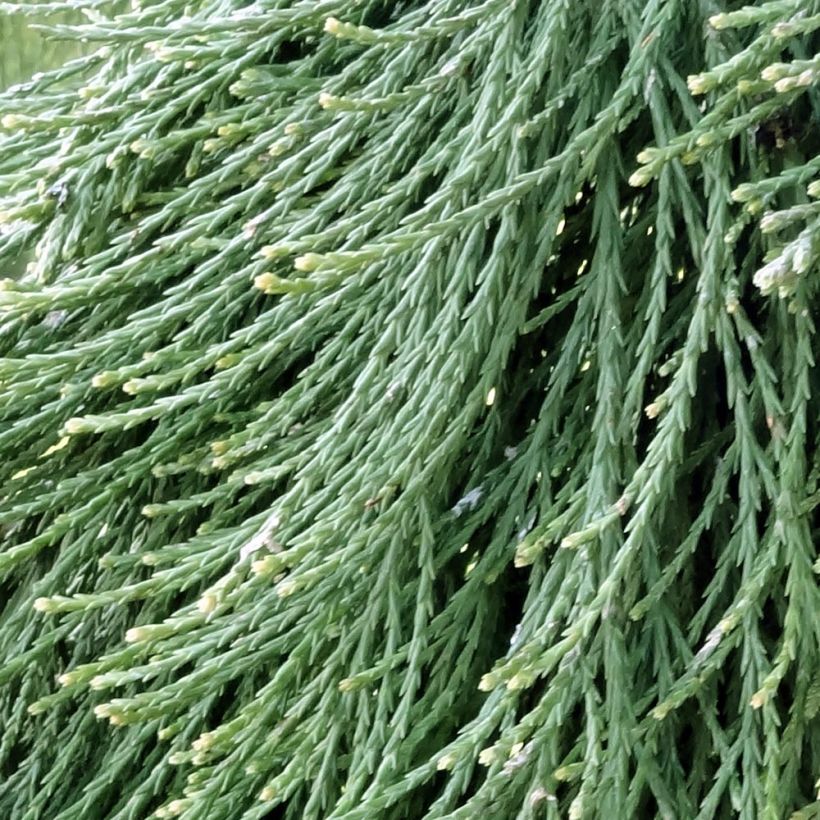

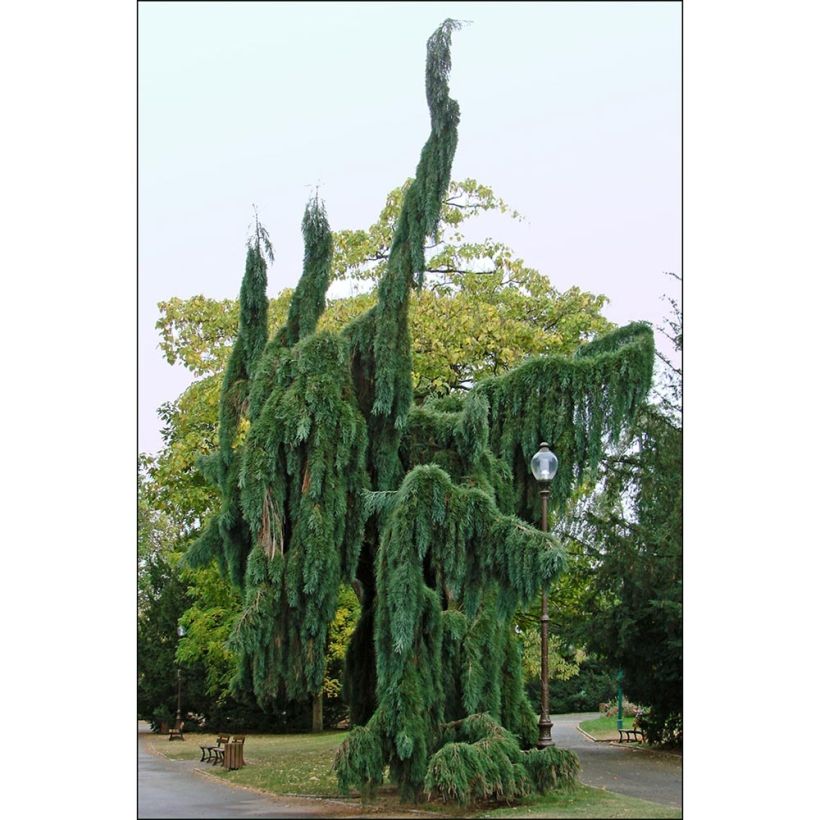

Plant habit
Foliage
Botanical data
Sequoiadendron
giganteum
Pendulum
Taxodiaceae
Giant Sequoia, Sierra Redwood, Wellingtonia
Cultivar or hybrid
Other Conifers A to Z
Planting and care
The Sequoiadendron giganteum 'Pendulum' is planted from September to November and from February to June in deep, light, well-drained soil, close to neutrality, slightly chalky or slightly acidic, rather fertile. While it tolerates clayey soils, its preference is for loose and loamy or sandy soils, not too chalky to acidic. Choose a sunny and well-cleared location, sheltered from strong winds, slightly more shaded in hot climates to provide it with some protection against heat during its young years. Soak the root balls well before planting. Add organic amendment at planting and water generously for the first three years, and in case of prolonged drought. In poor soil, you can apply a special conifer fertilizer every 2 years in April. Hoe the soil in summer. This hardy conifer (up to -15°C (5 °F) at least) fears waterlogged soils in winter, alkaline and too dry soils, even though it tolerates occasional summer drought once well established. Pruning is not necessary.
Planting period
Intended location
Care
This item has not been reviewed yet - be the first to leave a review about it.
Evergreen shrubs
Haven't found what you were looking for?
Hardiness is the lowest winter temperature a plant can endure without suffering serious damage or even dying. However, hardiness is affected by location (a sheltered area, such as a patio), protection (winter cover) and soil type (hardiness is improved by well-drained soil).

Photo Sharing Terms & Conditions
In order to encourage gardeners to interact and share their experiences, Promesse de fleurs offers various media enabling content to be uploaded onto its Site - in particular via the ‘Photo sharing’ module.
The User agrees to refrain from:
- Posting any content that is illegal, prejudicial, insulting, racist, inciteful to hatred, revisionist, contrary to public decency, that infringes on privacy or on the privacy rights of third parties, in particular the publicity rights of persons and goods, intellectual property rights, or the right to privacy.
- Submitting content on behalf of a third party;
- Impersonate the identity of a third party and/or publish any personal information about a third party;
In general, the User undertakes to refrain from any unethical behaviour.
All Content (in particular text, comments, files, images, photos, videos, creative works, etc.), which may be subject to property or intellectual property rights, image or other private rights, shall remain the property of the User, subject to the limited rights granted by the terms of the licence granted by Promesse de fleurs as stated below. Users are at liberty to publish or not to publish such Content on the Site, notably via the ‘Photo Sharing’ facility, and accept that this Content shall be made public and freely accessible, notably on the Internet.
Users further acknowledge, undertake to have ,and guarantee that they hold all necessary rights and permissions to publish such material on the Site, in particular with regard to the legislation in force pertaining to any privacy, property, intellectual property, image, or contractual rights, or rights of any other nature. By publishing such Content on the Site, Users acknowledge accepting full liability as publishers of the Content within the meaning of the law, and grant Promesse de fleurs, free of charge, an inclusive, worldwide licence for the said Content for the entire duration of its publication, including all reproduction, representation, up/downloading, displaying, performing, transmission, and storage rights.
Users also grant permission for their name to be linked to the Content and accept that this link may not always be made available.
By engaging in posting material, Users consent to their Content becoming automatically accessible on the Internet, in particular on other sites and/or blogs and/or web pages of the Promesse de fleurs site, including in particular social pages and the Promesse de fleurs catalogue.
Users may secure the removal of entrusted content free of charge by issuing a simple request via our contact form.
The flowering period indicated on our website applies to countries and regions located in USDA zone 8 (France, the United Kingdom, Ireland, the Netherlands, etc.)
It will vary according to where you live:
- In zones 9 to 10 (Italy, Spain, Greece, etc.), flowering will occur about 2 to 4 weeks earlier.
- In zones 6 to 7 (Germany, Poland, Slovenia, and lower mountainous regions), flowering will be delayed by 2 to 3 weeks.
- In zone 5 (Central Europe, Scandinavia), blooming will be delayed by 3 to 5 weeks.
In temperate climates, pruning of spring-flowering shrubs (forsythia, spireas, etc.) should be done just after flowering.
Pruning of summer-flowering shrubs (Indian Lilac, Perovskia, etc.) can be done in winter or spring.
In cold regions as well as with frost-sensitive plants, avoid pruning too early when severe frosts may still occur.
The planting period indicated on our website applies to countries and regions located in USDA zone 8 (France, United Kingdom, Ireland, Netherlands).
It will vary according to where you live:
- In Mediterranean zones (Marseille, Madrid, Milan, etc.), autumn and winter are the best planting periods.
- In continental zones (Strasbourg, Munich, Vienna, etc.), delay planting by 2 to 3 weeks in spring and bring it forward by 2 to 4 weeks in autumn.
- In mountainous regions (the Alps, Pyrenees, Carpathians, etc.), it is best to plant in late spring (May-June) or late summer (August-September).
The harvesting period indicated on our website applies to countries and regions in USDA zone 8 (France, England, Ireland, the Netherlands).
In colder areas (Scandinavia, Poland, Austria...) fruit and vegetable harvests are likely to be delayed by 3-4 weeks.
In warmer areas (Italy, Spain, Greece, etc.), harvesting will probably take place earlier, depending on weather conditions.
The sowing periods indicated on our website apply to countries and regions within USDA Zone 8 (France, UK, Ireland, Netherlands).
In colder areas (Scandinavia, Poland, Austria...), delay any outdoor sowing by 3-4 weeks, or sow under glass.
In warmer climes (Italy, Spain, Greece, etc.), bring outdoor sowing forward by a few weeks.

































